This series of posts will cover my first restoration project of a vintage lever espresso machine. This Faema Urania was a fun project that required techniques in restoring, plumbing, electrical, machining, chemistry, physics, and general MacGuyver-ing. It also required tools and patience, tons of patience.
The machine:
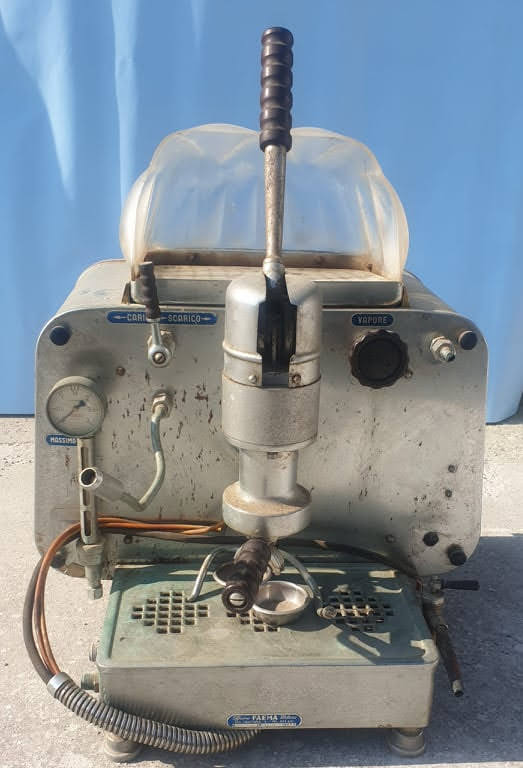
This is a 2nd generation, commercial, single group, lever from 1957. The photos above were provided by the seller in Italy, and besides other general questions, were all I was able to rely on to decide. As the proverbial saying goes, the devil would be in the details as to how many issues would be lurking under the surface.
The surface:

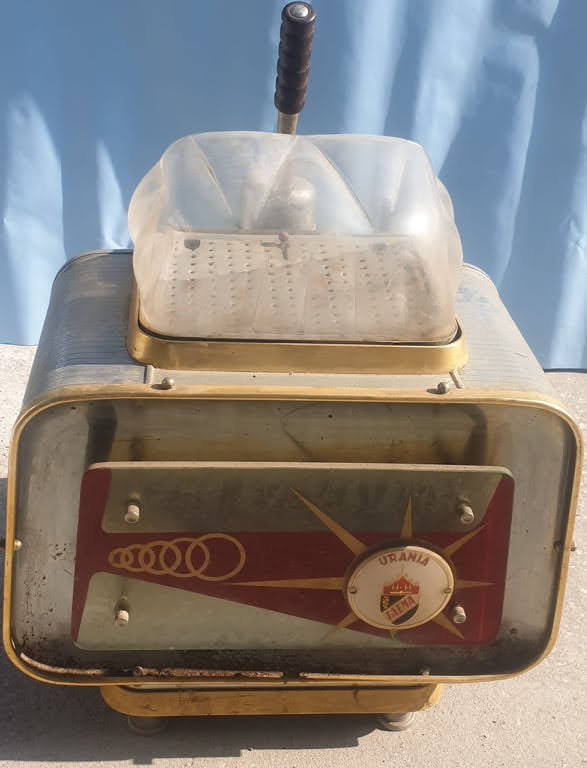
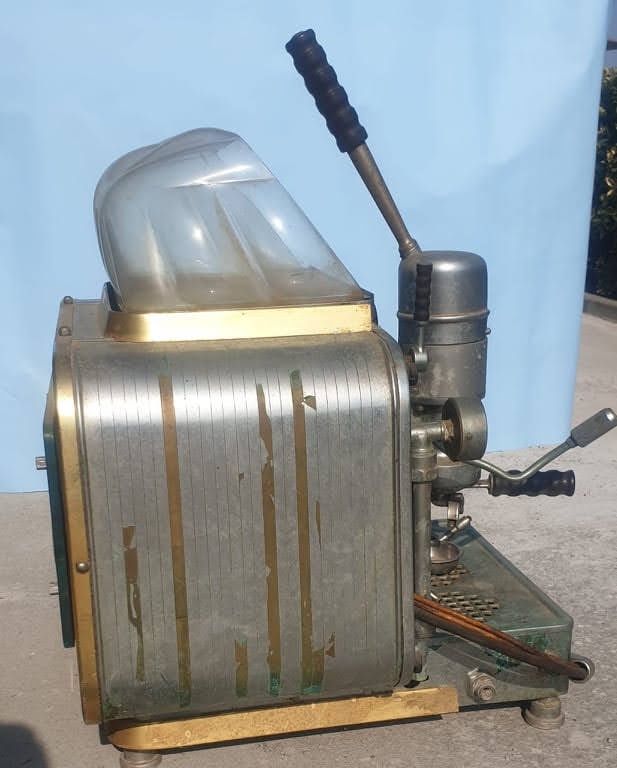
Based on the photos the machine has a 1st generation thermosiphon group, 9-bolt boiler, brown bakelite handles, red front glass, and water wand to the right of the manometer over the 3-diamond grill patterned drip tray. The boiler serial number (13387) and manometer dates (57-12) checked out with a database confirming the machine’s age. It is also a good sign that the machine was ‘complete’ and not hobbled together from parts or previously restored.
I believe this is an export version of the Urania based on the lack of ANCC number on the boiler tag. Despite that, it was found on the border of Tuscany in Umbria, my father’s home province, so it either made its way back to Italy or curiously never left.
The details:
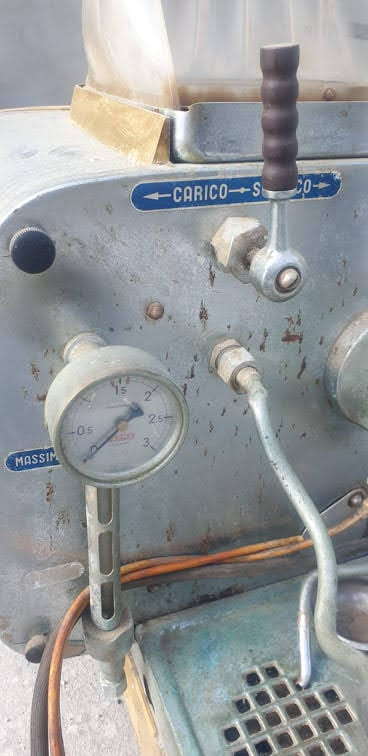

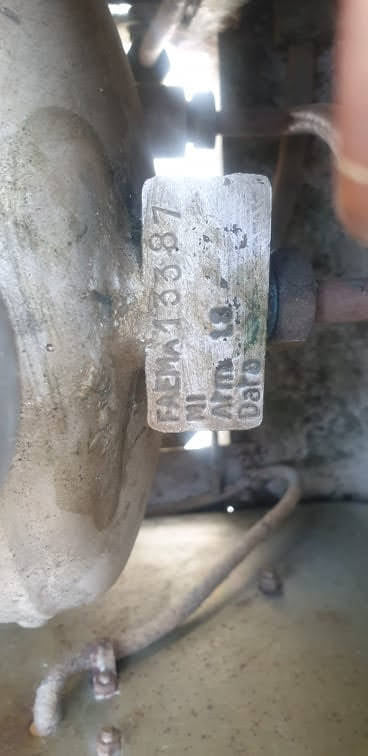

I was looking for as many original parts as possible and trying to avoid unobtainium and odd replacement parts. I noted the original parts that would be impossible to replace: the cup warmer tray with red bakelite knob and intact, plexiglass (commonly broken or missing with time); color and shape consistency of water, vapor, lever, and portafilter bakelite handles; drip tray; manometer; back glass; neon bulb; feet; and boiler fittings.
The tradeoffs:
To state the obvious, these commercial machines are vintage (A.K.A. old, really old), and have lived hard lives in busy European cafes. They have experienced varying levels of abuse and maintenance during their prime years, and even worse conditions in their decades of retirement and (improper) storage.
This machine had a fair amount of rust and corrosion on the body. The chrome parts were in pretty rough shape and didn’t look like it could be polished away – some restorers like to call that ‘patina’. I was willing to live with this tradeoff seeing as the machine was over 65 years old, and justified that it would build character. One could always go the extra mile and re-chrome those parts – but I find a perfectly shiny chromed look to be a bit obnoxious. In either case, I settled that none of the issues should detract from the machine’s ability to make an espresso.
The delivery:



After a quick exchange of funds, a bit of crating, and ironing out some customs details, the machine immigrated to the USA.
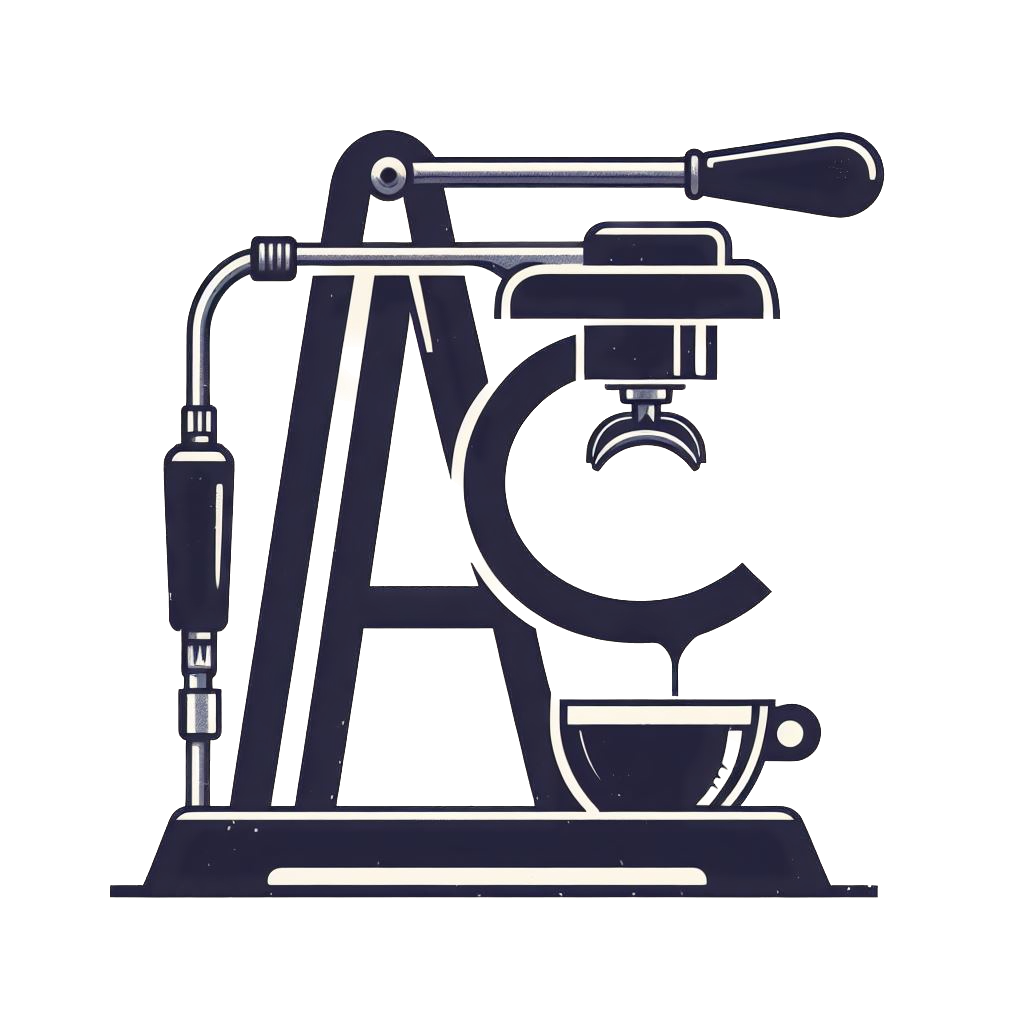

Leave a Reply